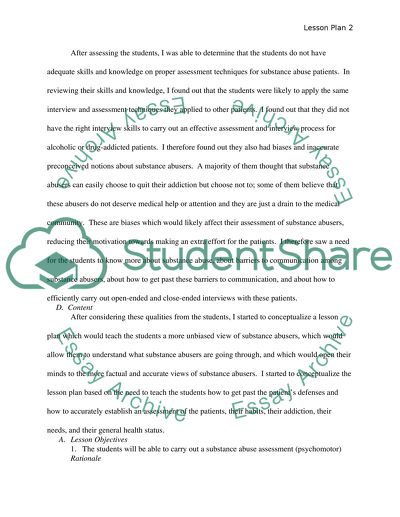Cite this document
(“Application.Lesson Planning: Needs Assessment and Learning Objectives Term Paper”, n.d.)
Retrieved from https://studentshare.org/environmental-studies/1422781-applicationyulesson-planning-needs-assessment-and
Retrieved from https://studentshare.org/environmental-studies/1422781-applicationyulesson-planning-needs-assessment-and
(Application.Lesson Planning: Needs Assessment and Learning Objectives Term Paper)
https://studentshare.org/environmental-studies/1422781-applicationyulesson-planning-needs-assessment-and.
https://studentshare.org/environmental-studies/1422781-applicationyulesson-planning-needs-assessment-and.
“Application.Lesson Planning: Needs Assessment and Learning Objectives Term Paper”, n.d. https://studentshare.org/environmental-studies/1422781-applicationyulesson-planning-needs-assessment-and.


